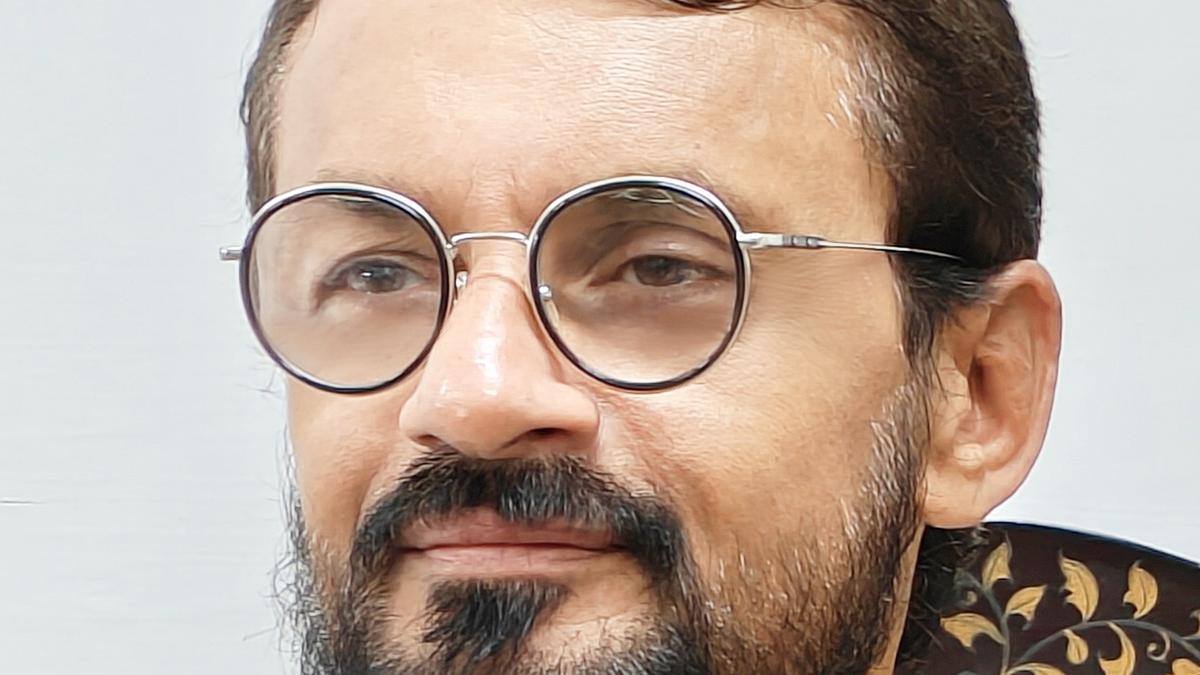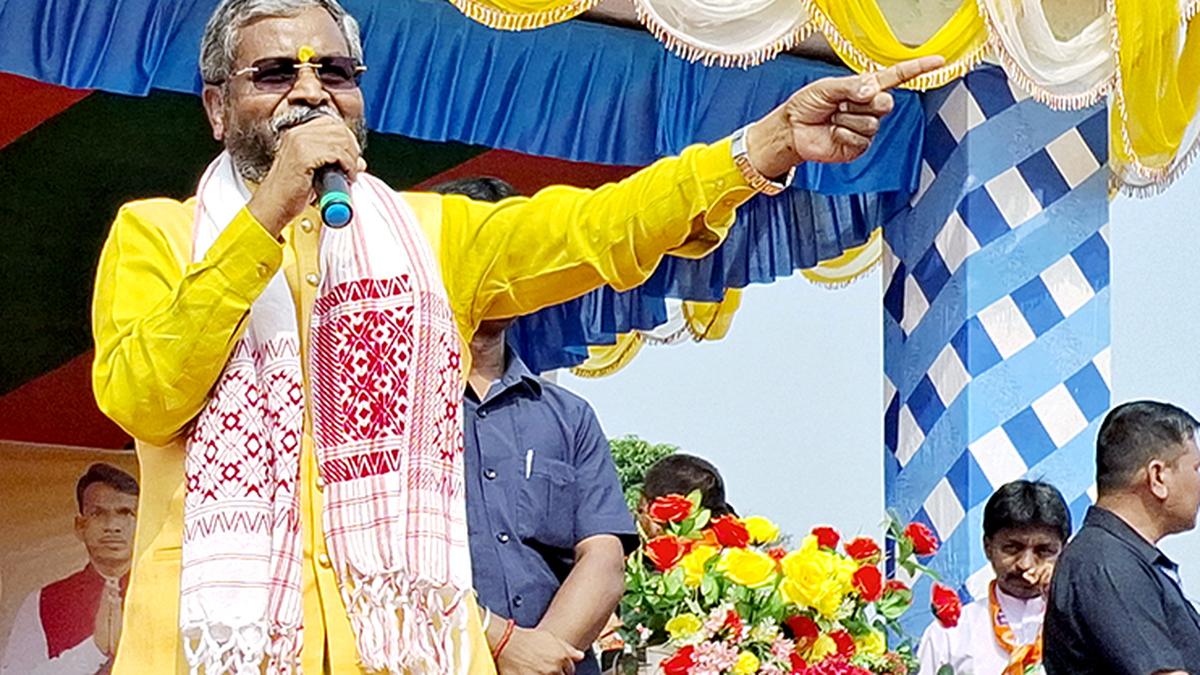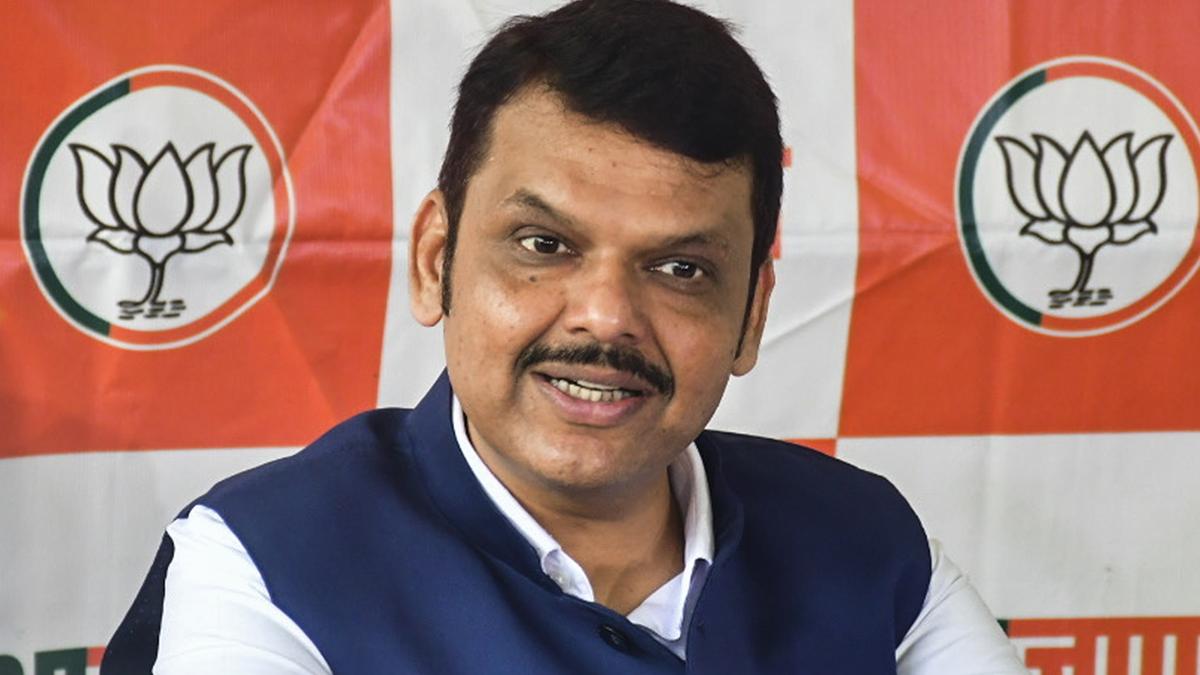K.K. Gopalakrishnan was exposed to the tradition of Theyyam from childhood. In his new book, Theyyam: Indian Folk Ritual Theatre — An Insider’s Vision, the art scholar and photographer has looked at the dance form through anthropology, history, language, theatrical/chorographical aspects, rituals, folklore and performance art, he says in an interview. Edited excerpts:
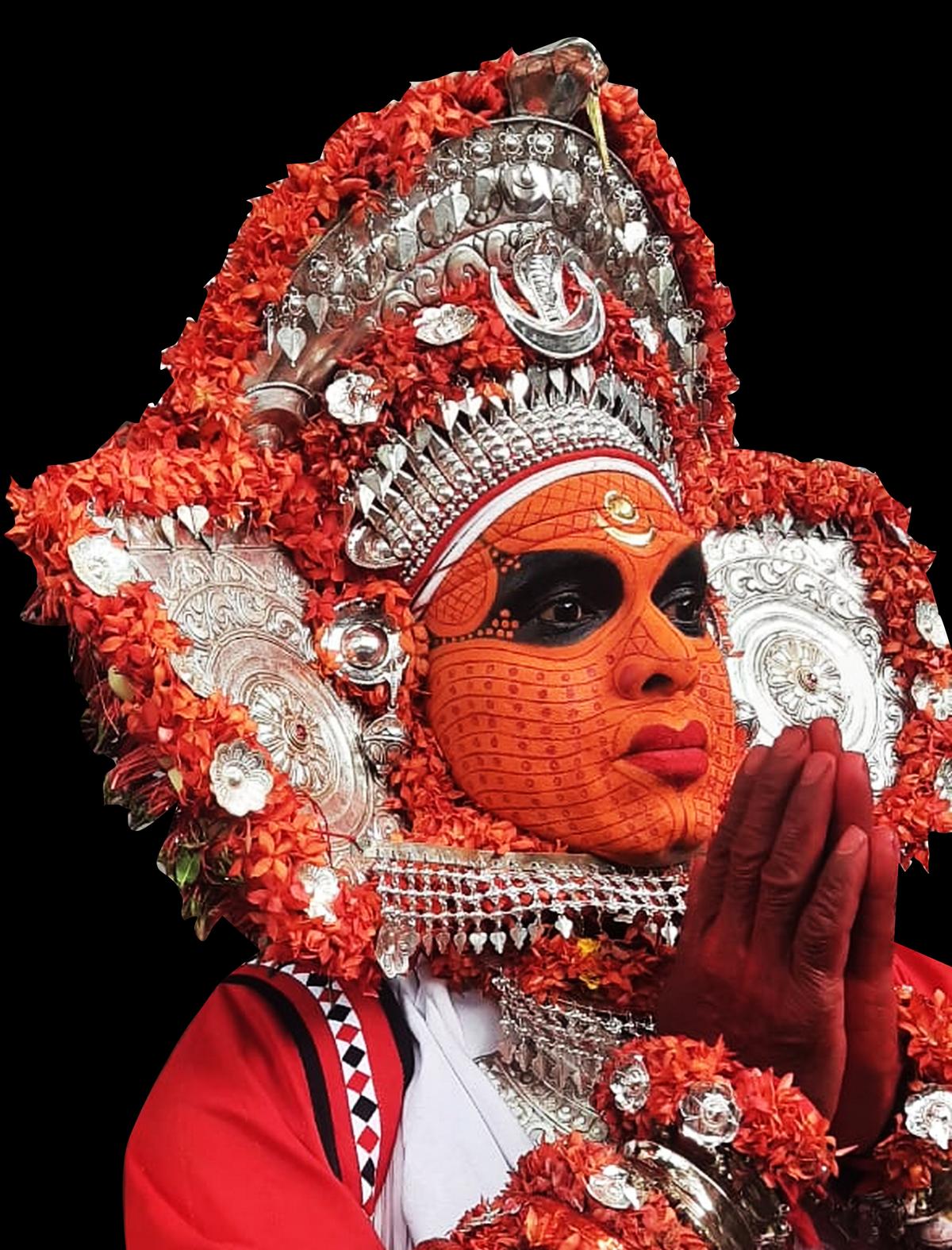
‘Ākko Chāmuṇḍi before wearing the full attire.’ | Photo Credit: K.K. Gopalakrishnan
There are about a hundred books on Theyyam in English and Malayalam. Why did you choose to write another?
I am an insider to the tradition. My first exposure to Theyyam was when I was perched on my maternal grandmother’s hip as a baby. I vividly remember the Theyyam performances I have watched as I was growing up. I hail from a matrilineal family, Kamballoore Kottayil, in Kerala, which has patronised Theyyam for over three centuries, including a Muslim Theyyam and a mosque. The origin of Pottan Theyyam is also said to be from the estate of the K.K. family, consequent to an argument between Adi Shankara and the oppressed Pottan who questioned untouchability and discrimination based on caste, taking on Brahminical theories of ‘Chaturvarnyam’. I have constantly interacted with performers at various levels throughout my growing years. These have played a role in my penning this comprehensive book on Theyyam.
As Balan Nambiar, who has written the Foreword to the book, says, “Theyyam, being a total art form, the research has to be accomplished from various angles of anthropology, history, language, theatrical/chorographical aspects, rituals, folklore, performance art and plastic arts.” I have tried looking at Theyyam in all these angles.
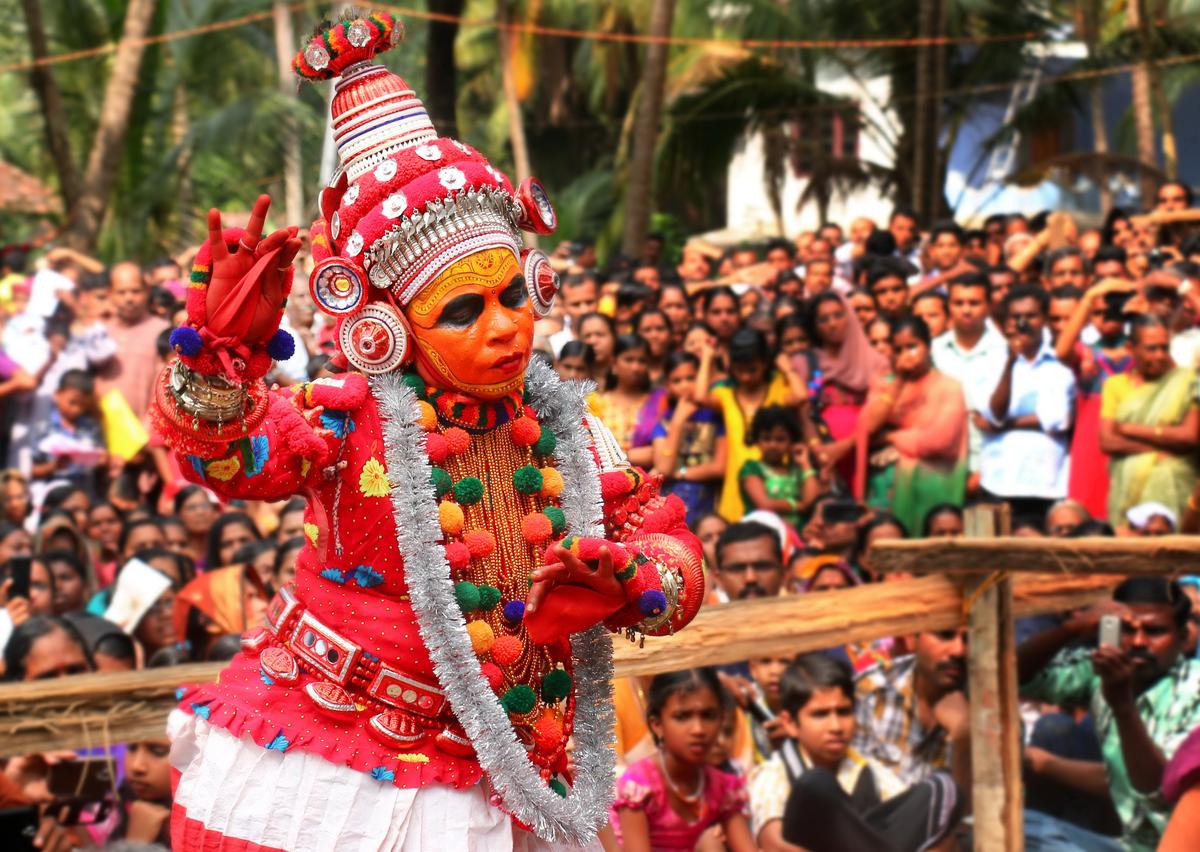
‘Devakoothu, the sole Theyyam performed by a woman.’ | Photo Credit: K.K. Gopalakrishnan
What fascinates you about Theyyam?
The individual’s existence becomes irrelevant when one performs Theyyam and it is the form that supplants his personality. The entire fraternity of Theyyam artists belongs to communities at the bottom of the caste ladder in Kerala. Anthropologically, it is interesting that when lower caste protagonists manifest into supernatural beings in Theyyam, even their upper caste ‘proprietors’ bow before them in devotion.
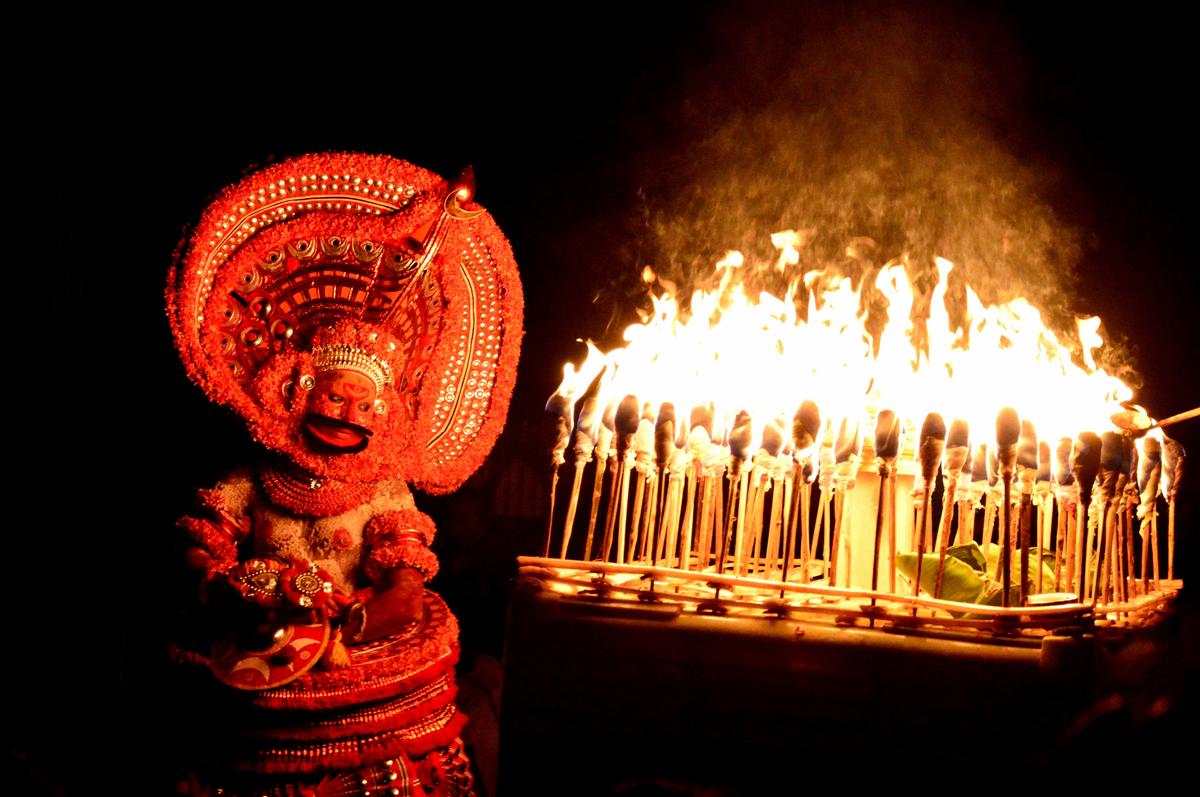
‘Kathivannur Veeran’ | Photo Credit: K.K. Gopalakrishnan
You left a comfortable job at State Bank of India to be the director of the Centre for Koodiyattam of the Central Sangeet Natak Akademi, and currently you are the director of the South Zone Cultural Centre. What has been your experience?
I have been writing on the arts in leading periodicals for years. After I resigned from the SBI to take care of my mother who was ill and undergoing treatment, I wrote a book on Kathakali. Later, I joined the Central Sangeet Natak Akademi as director of its Koodiyattam centre. It helped me understand art management under a bureaucratic government patronage. The three-year tenure was extended to six years. When a move to Delhi was suggested, I preferred to accept an offer to write on Theyyam, a form that both my parents’ families patronised for centuries.
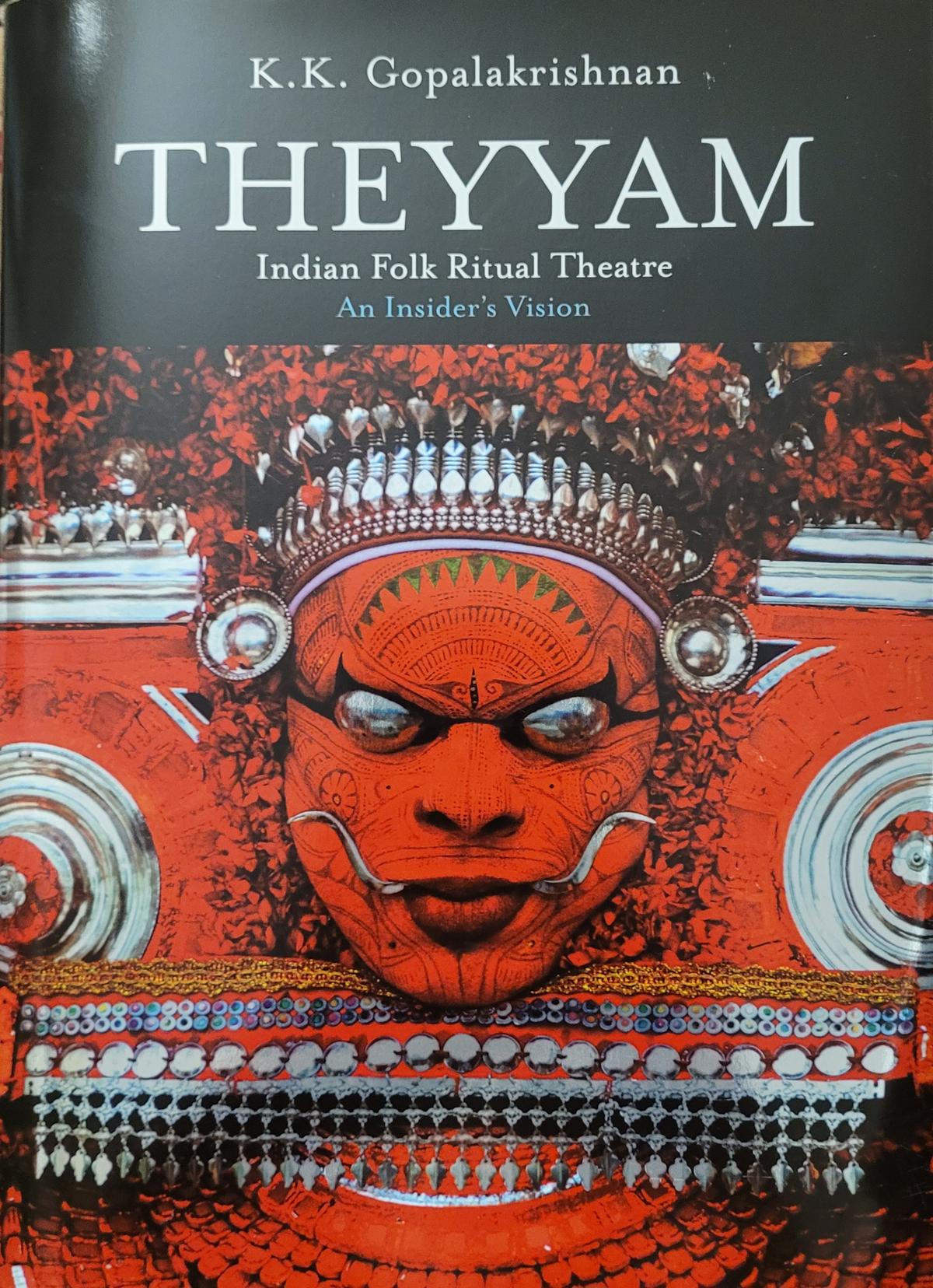
By the time I had almost completed it, I joined the Indira Gandhi National Centre for the Arts (IGNCA). However, I resigned shortly after when I was awarded the two-year Tagore National Scholarship of the Ministry of Culture to research Koodiyattam. After the tenure was over, and I converted the report thesis into a reader-friendly book, I joined as the director of the South Zone Cultural Centre. Our primary mandate is to support folk, tribal, and the vanishing arts of all the southern States. We work with a support system the government has for them. What more can an art enthusiast want?
Theyyam: Indian Folk Ritual Theatre — An Insider’s Vision; K.K. Gopalakrishnan, Niyogi Books, ₹6,000.
The interviewer is a writer, educationist and Gandhi scholar.
Published – October 18, 2024 02:56 pm IST


